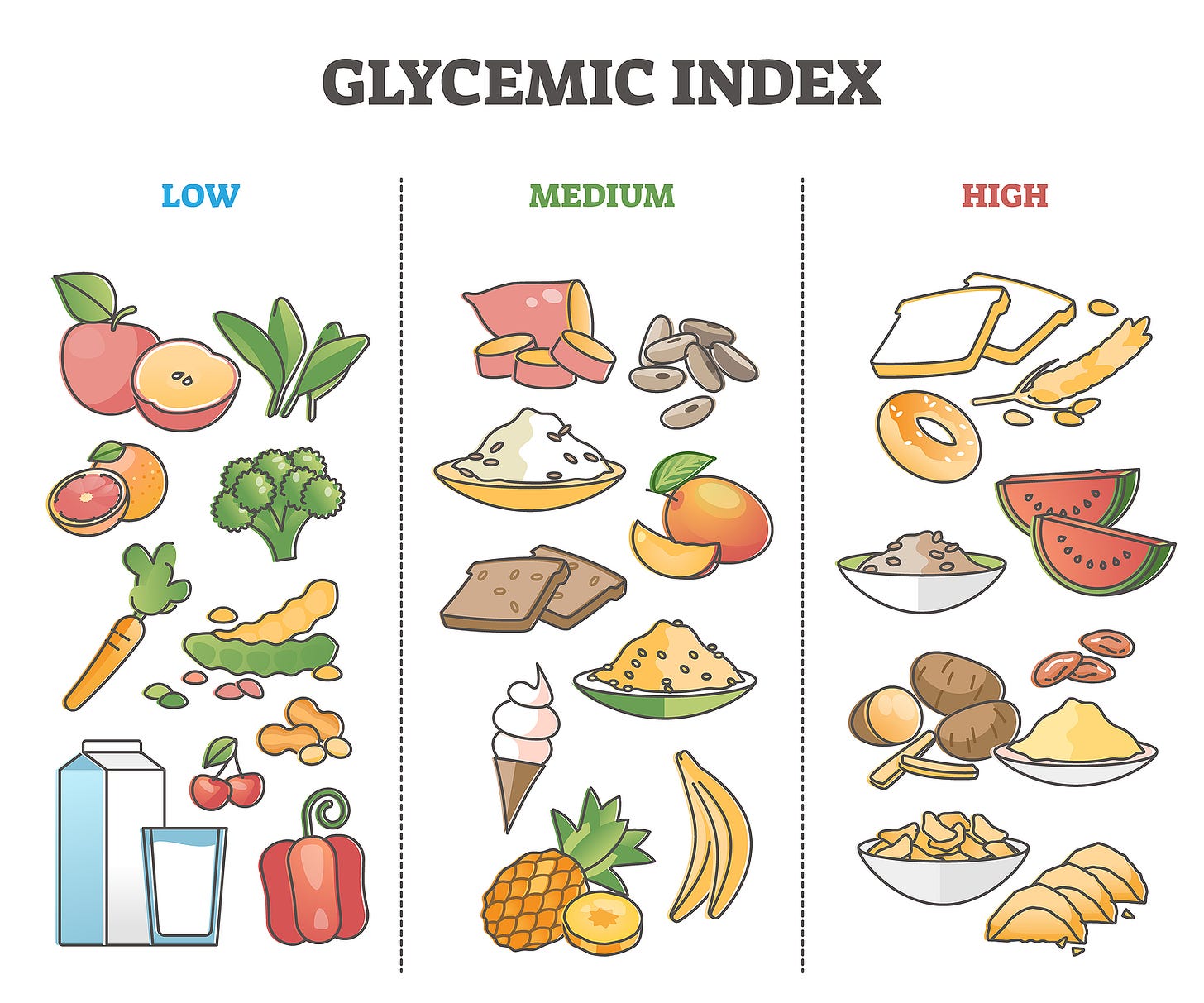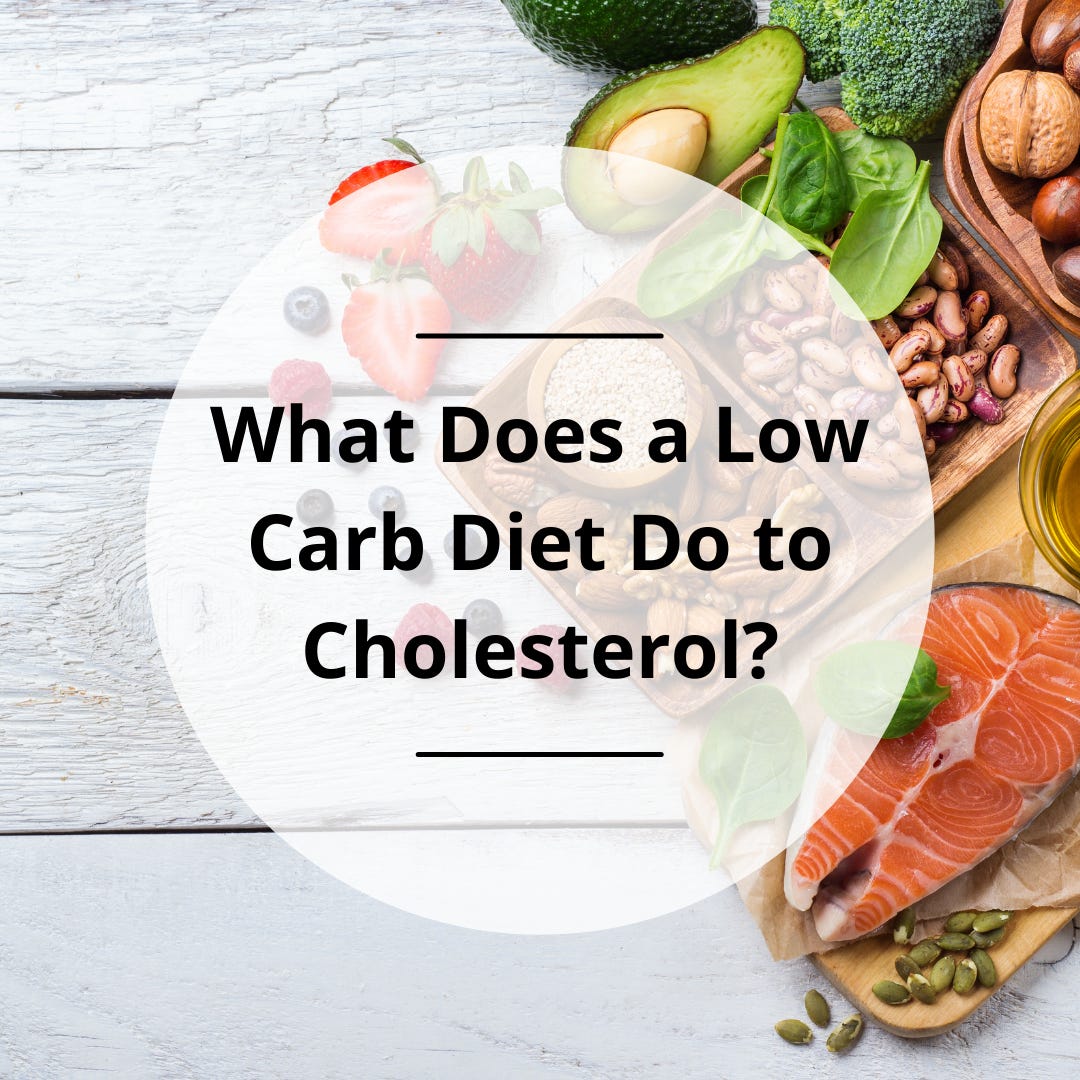
Cardiovascular disease is a prevalent condition in Western society. Research suggests that carbohydrates, especially refined sources, are associated with the aforementioned malady in addition to obesity, insulin resistance, and type 2 diabetes (Pereira, Almeida, Alfenas, & Cassia, 2014). As high as 50% of total daily calories come from refined carbohydrates in the standard American diet, with cereal grains (85% refined) as the dominant carbohydrate source (Konner & Eaton, 2010). On average, each American consumes twenty teaspoons of added sugar a day (American Heart Association, 2014). Extrapolated to a full year, each person’s total consumption equates to 7,300 teaspoons of sugar, or approximately eighty pounds. In the following sections, I would like to explore the relationship between chronic overconsumption of refined carbohydrates, and their deleterious effects on blood lipid profiles and cardiovascular health. Finally, I would like to present solutions to mitigate these conditions, and the associated effects on blood chemistry and the cardiovascular system.

Fleming and Godwin (2013) proposed that the glycemic index (GI) might be a tool that could predict cardiovascular disease risk. Originally, the glycemic index was intended for diabetics, as a means of understanding food choices, and the associated effects on blood sugar. High GI foods (i.e., potatoes and white bread) tend to spike blood glucose, while other foods (i.e., vegetables, legumes, and fruits) tend to create minimal rises in blood glucose, and hence, have a low GI (Fleming & Godwin, 2013). Proposed mechanisms of cardiovascular disease from high GI foods include increasing reactive oxygen species (dramatically increasing these can damage cell structures), potentiating endothelial dysfunction, as well as promoting vascular inflammation (Fleming & Godwin, 2013). Additionally, high GI foods tend to be associated with higher concentrations of low-density lipoproteins, also known as LDLs (Fleming & Godwin, 2013). LDLs are lipoproteins, which have the capacity to carry, and deposit, lipids into the arterial walls of the heart contributing to atherosclerosis. If there are strong associations with cardiovascular disease and high GI foods, what are some practical solutions for individuals at risk for cardiovascular disease?

Fleming and Godwin (2013) performed a systematic review and meta-analysis on the associations of high GI foods and their relationships to LDLs and total cholesterol. Although each individual study (the authors reviewed four research papers after implementing their inclusion criteria) did not, by itself, suggest a significant impact on low GI foods and blood lipids, the authors noted a significant correlation between low GI food consumption and decreased levels of LDLs and total cholesterol when considering all four studies as a whole (Fleming and Godwin, 2013).

A family member has been on cholesterol medication for at least ten years. She has been known to have a proclivity to consume foods rich in refined sugar content (i.e., cookies) and breads. Both foods are high on the GI. The family member also had a higher total cholesterol as well as LDL cholesterol. Approximately six months ago, the doctor suggested increasing cholesterol medication. I informed her about the general benefits of reducing low GI foods from the diet and associated effects on blood lipids. She decided to try it. After approximately three months, the family member returned to the doctor; her LDLs dropped significantly. Thus, the doctor did not increase her cholesterol medication, but rather, decreased the dosage. The family member continues to consume lower GI foods.
Evidence suggests a correlation between high carbohydrate/high GI consumption and poor blood lipid profiles, including high LDLs and high total cholesterol. Considering the aforementioned research, it may be indicated to reduce higher GI foods, as a means to control and possibly mitigate the onset cardiovascular disease.
References
American Heart Association (2014). Frequently asked questions about sugar. Retrieved from http://www.heart.org/HEARTORG/GettingHealthy/NutritionCenter/HealthyDietGoals/Frequently-Asked-Questions-About-Sugar_UCM_306725_Article.jsp
Fleming, P., & Godwin, M. (2013). Low-glycemic index diets in the management of blood lipids: A systematic review and meta-analysis. Family Practice, 30, 485-491.
Konner, M., & Eaton, S. B. (2010). Paleolithic nutrition. Twenty-five years later. Nutrition in Clinical Practice, 25(6), 594-602.
Pereira, F., Almeida, P. G., Alfenas, C. G., & Cassia, R. (2014). Glycemic index role on visceral obesity, subclinical inflammation and associated chronic diseases. Nutricon Hospitalaria, 30(2), 237-243.
-Michael McIsaac
